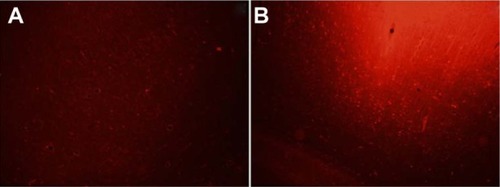Figures & data
Figure 1 Explanatory figure relating to the experimental protocol.
Abbreviation: KCl, potassium chloride.
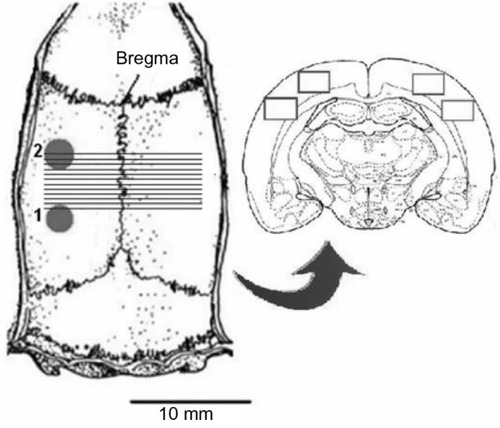
Figure 2 Fluorescence intensity changes caused by plasma extravasation in the three groups.
Abbreviations: ANOVA, analysis of variance; CSD, cortical spreading depression; KYNA, kynurenic acid; MK-801, dizocilpine; KCl, potassium chloride.
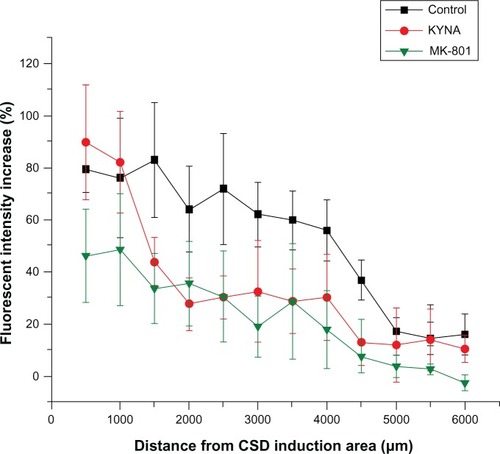
Figure 3 Diagrams of cortical spreading depression (CSD) wave parameters.
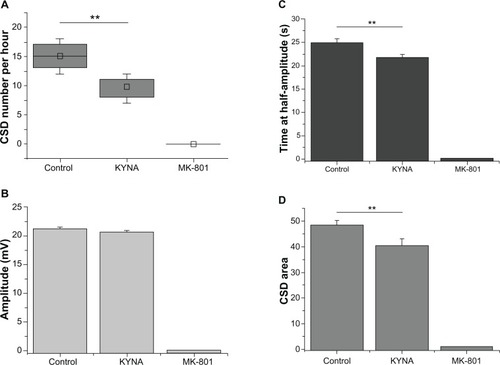
Figure 4 Representative cortical spreading depression (CSD) waves recorded in the barrel cortex.
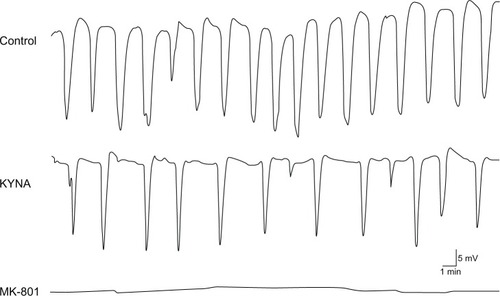
Figure 5 Representative photomicrographs of the cerebral cortex.
Abbreviation: KCl, potassium chloride.
